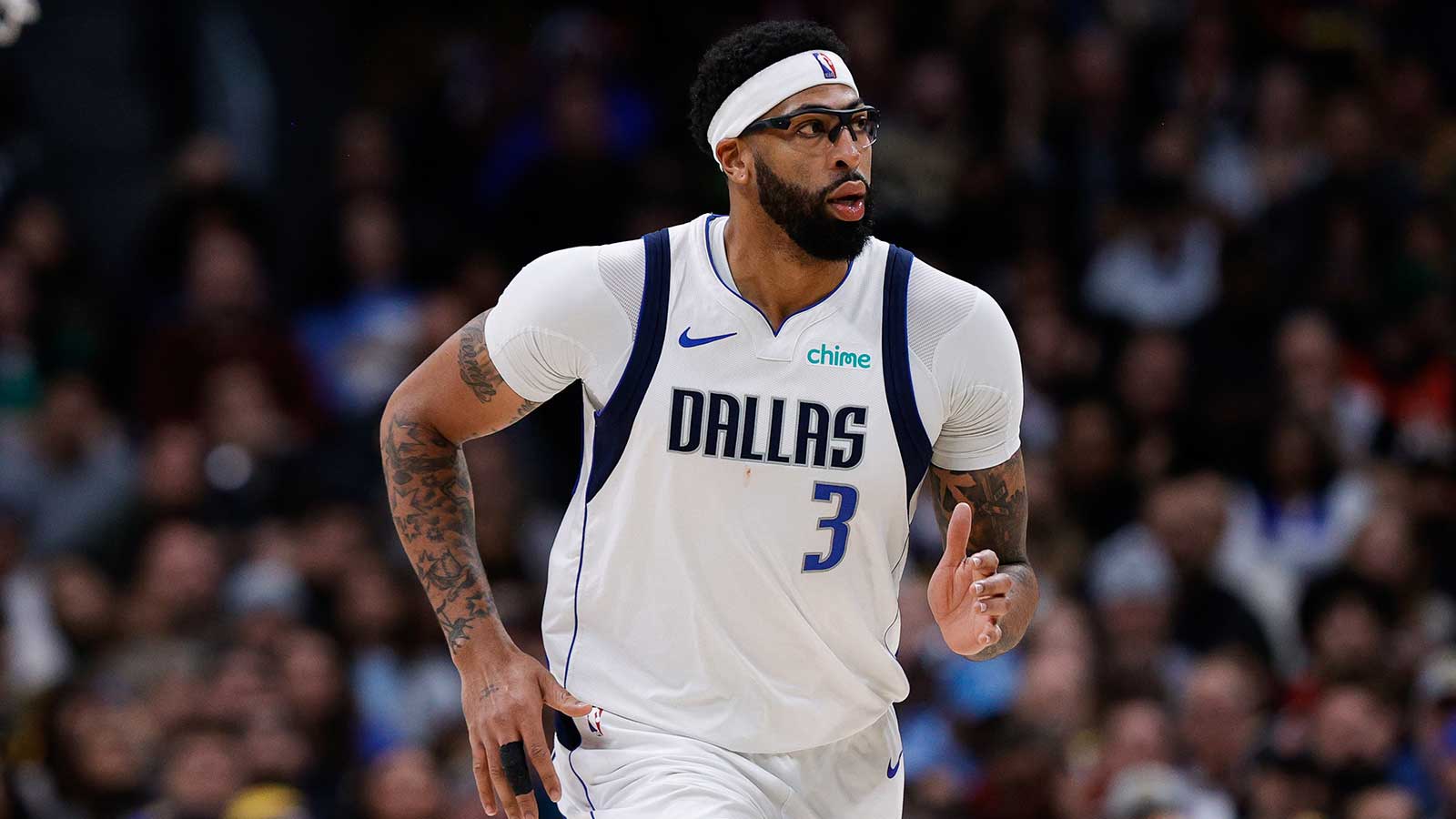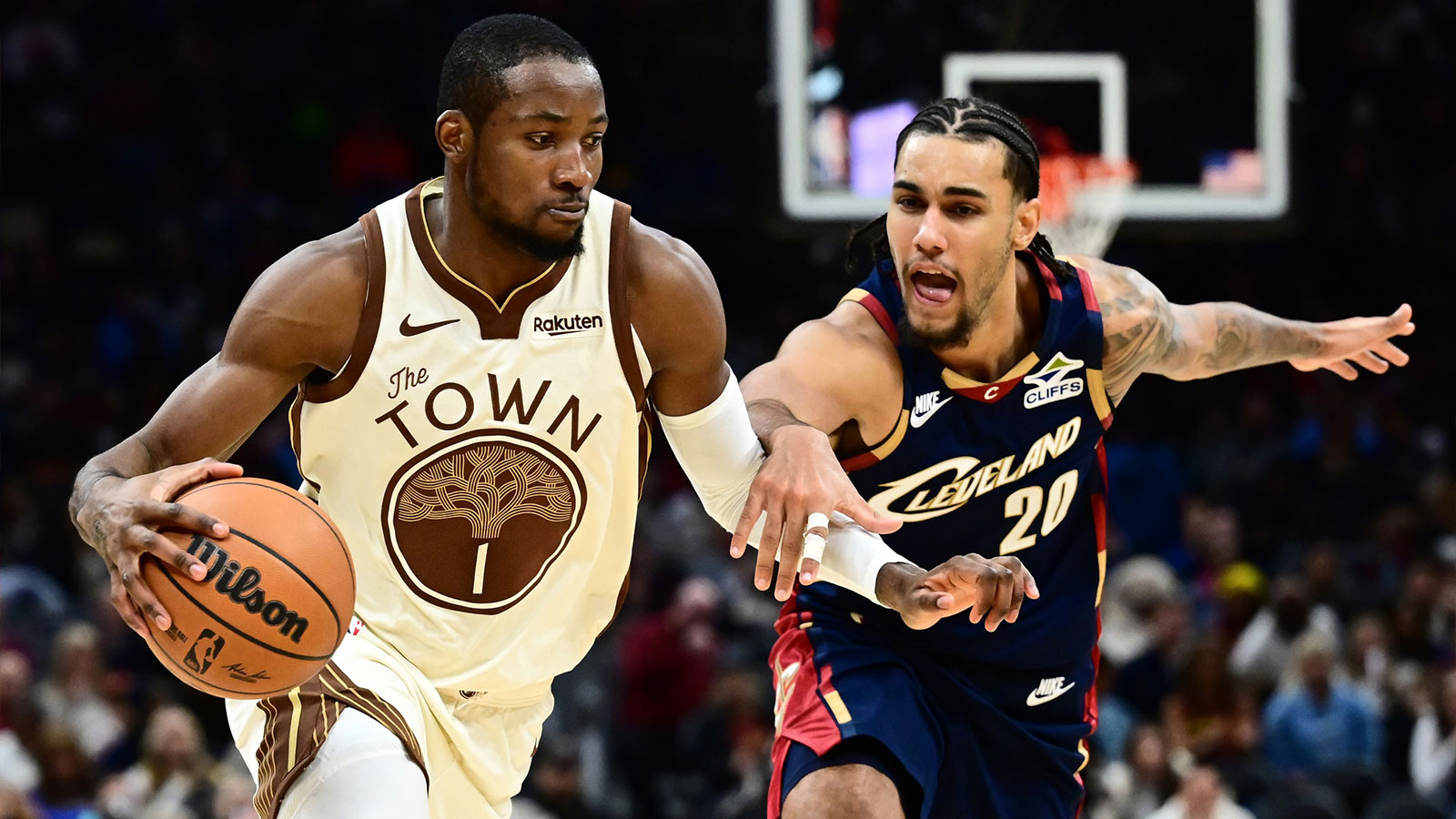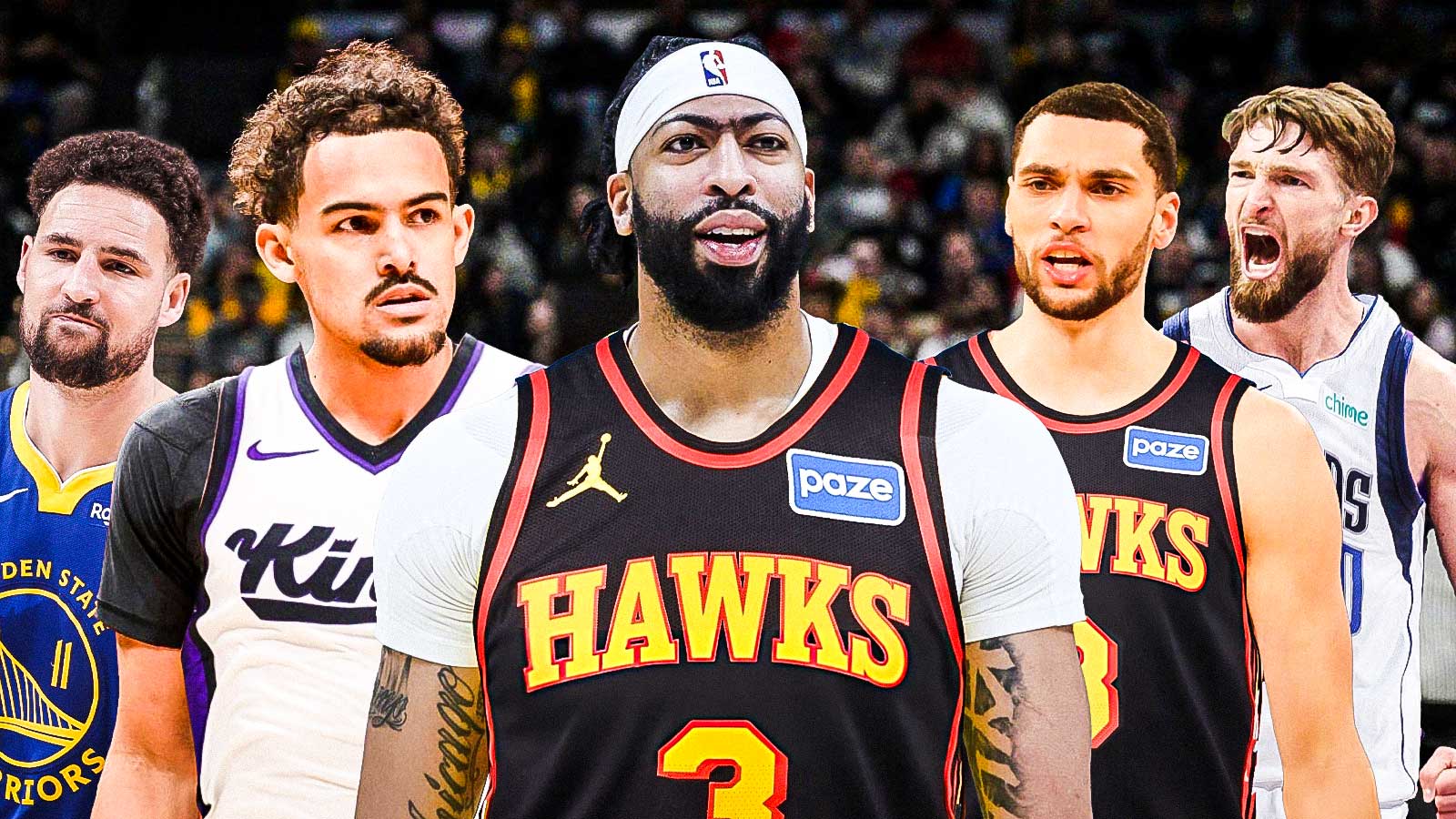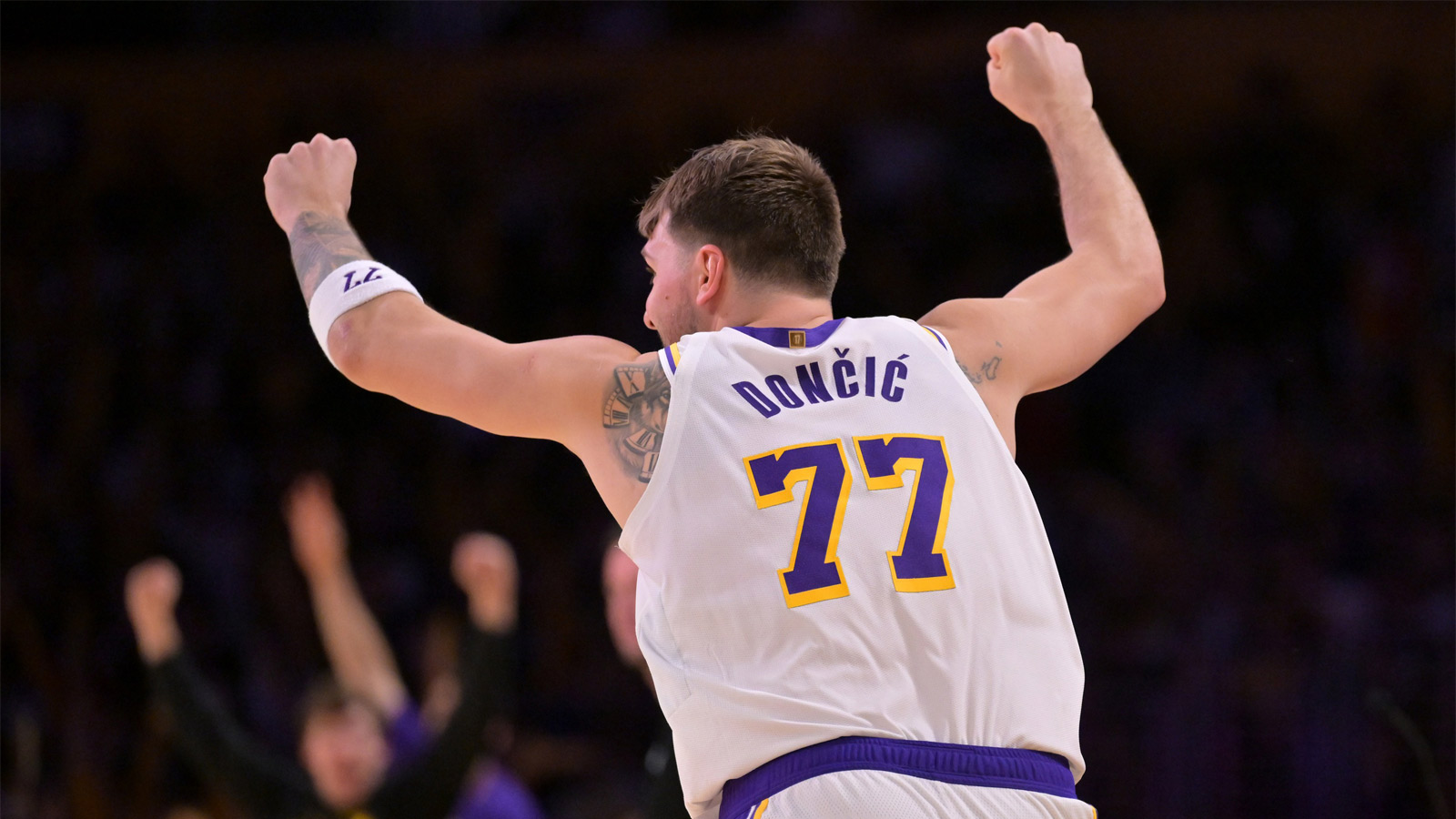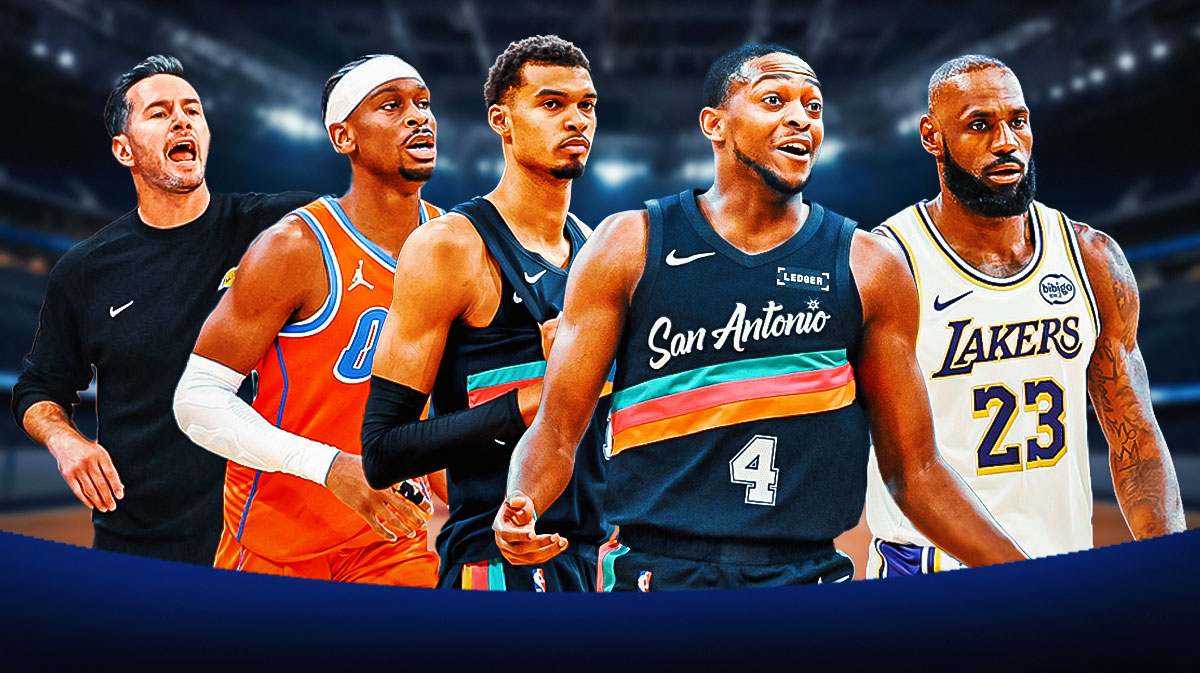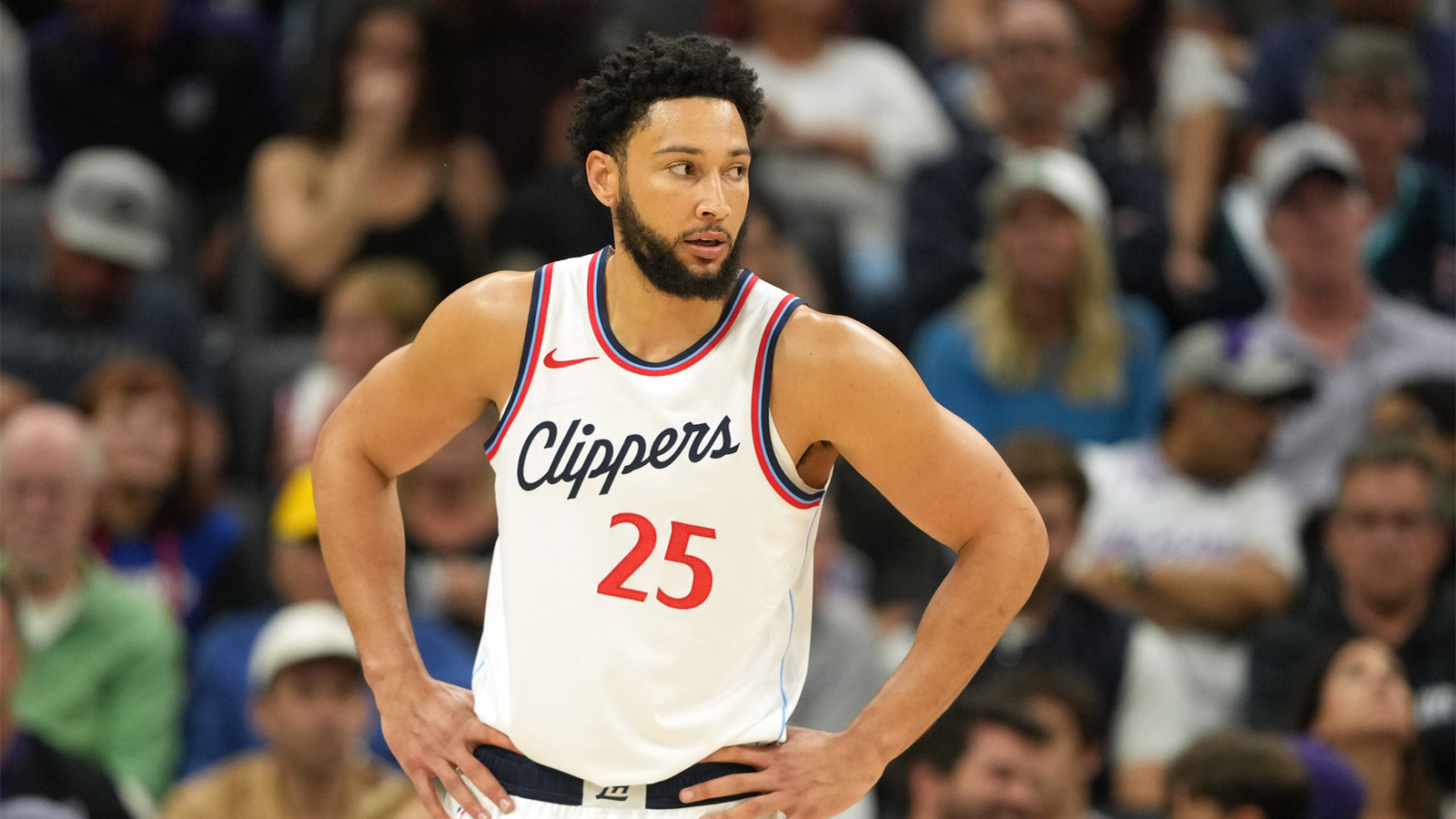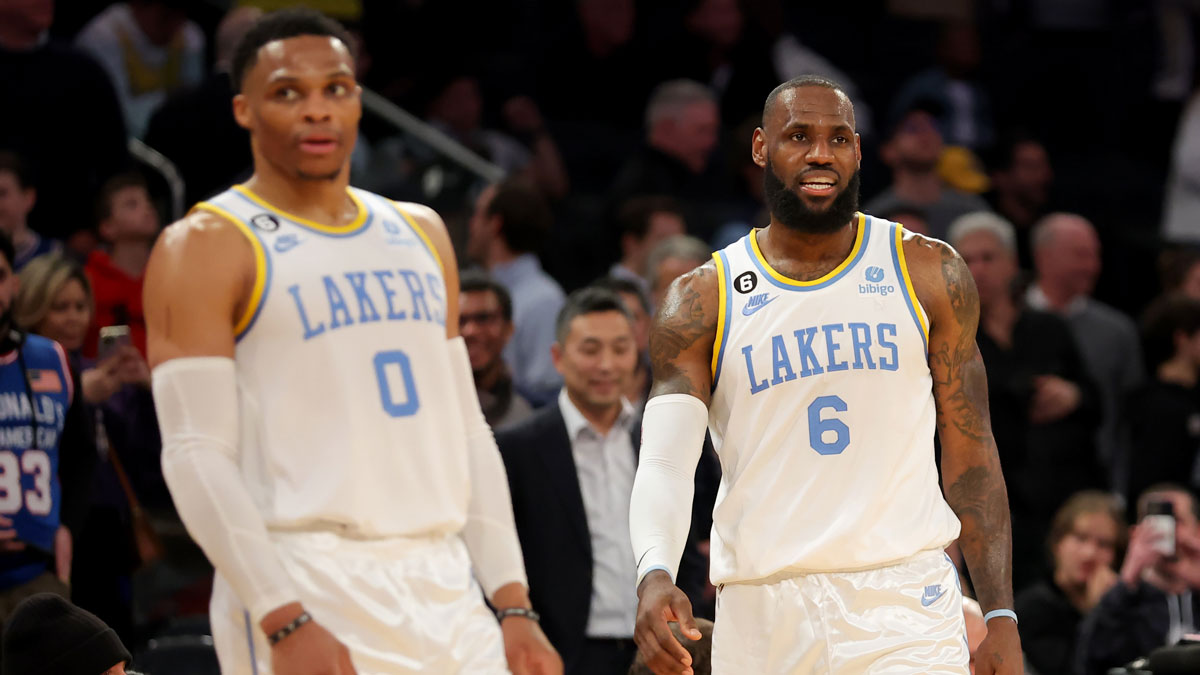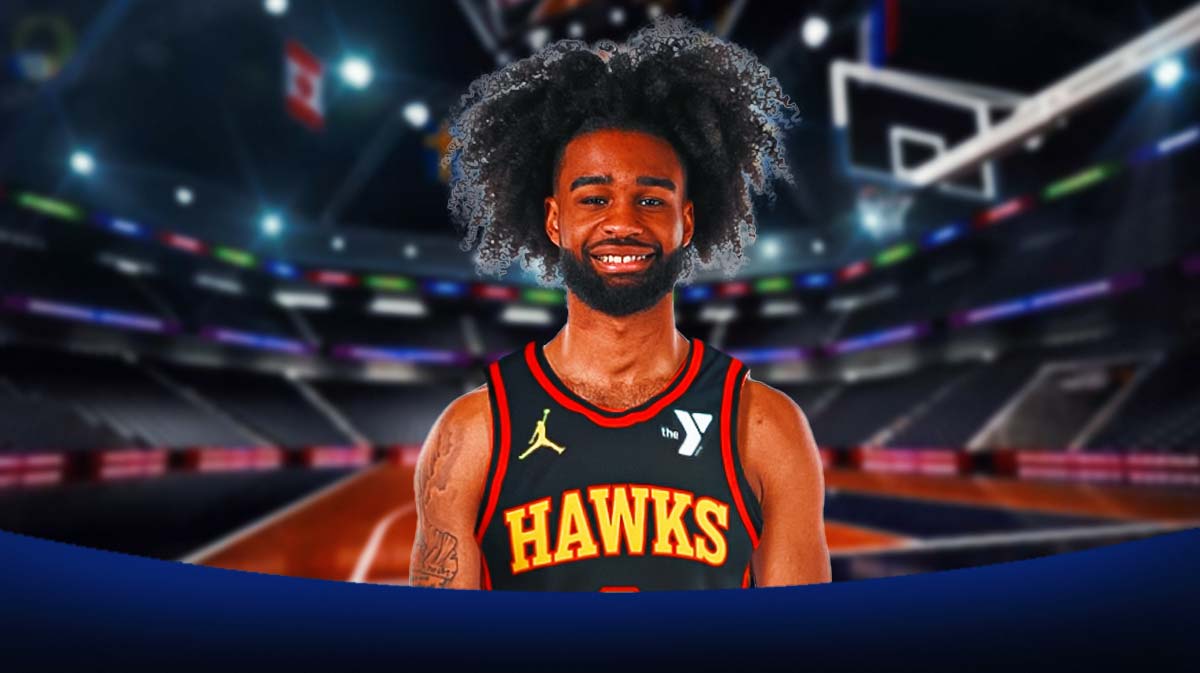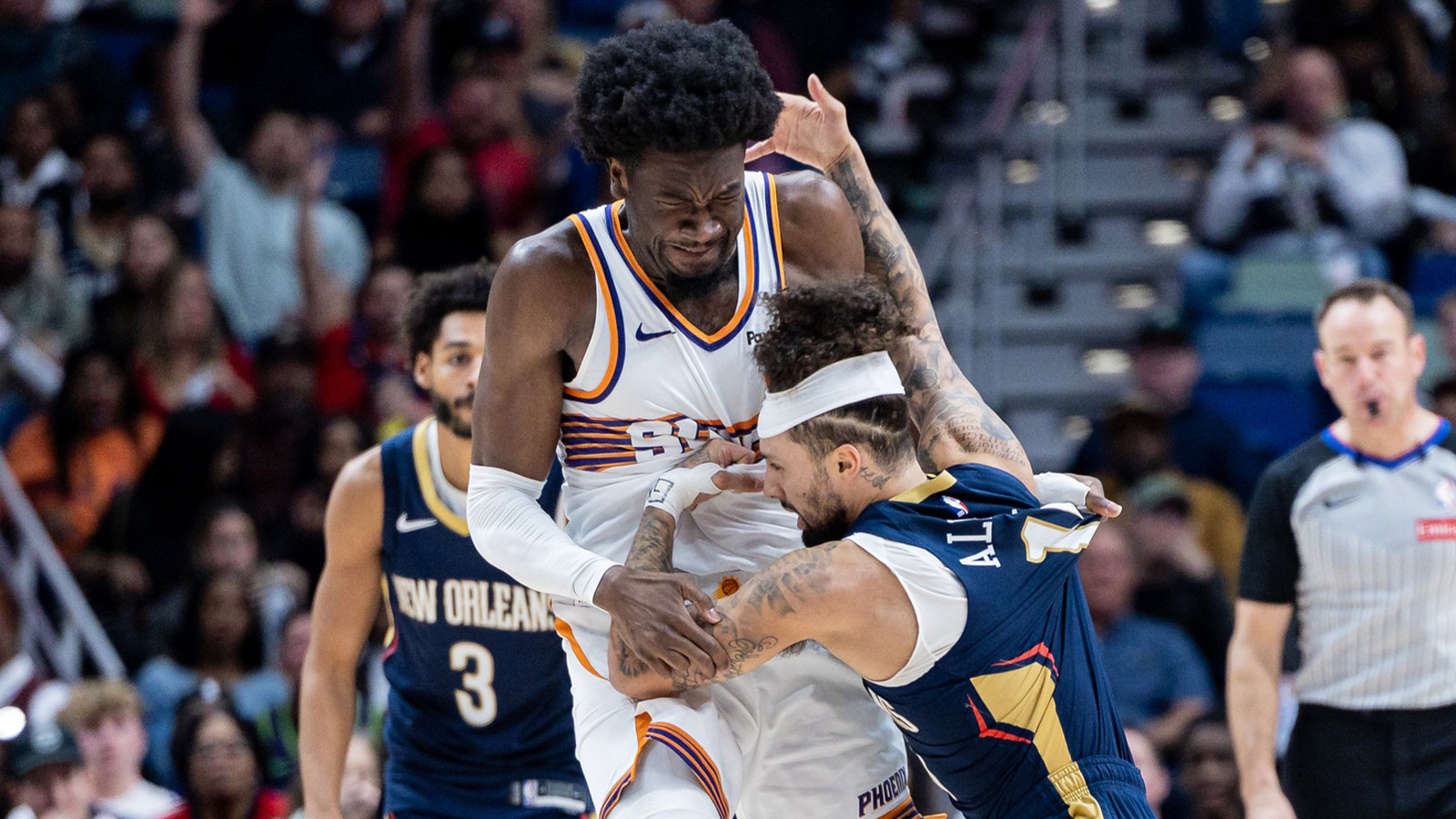The friendlies are finished for the United States men's national basketball team, and now we move our focus to the FIBA Basketball World Cup.
The 2023 FIBA Basketball World Cup starts on Aug. 25. Team USA's first action will be the following day, an Aug. 26 first-round matchup in Group C against New Zealand.
This year's tournament will be the first with multiple host destinations (Philippines, Japan, Indonesia) and only the second to have 32 teams. There is sure to be lots of action over the next month of basketball, but with so many different countries represented, we will take a look at the FIBA rules and how they differ from that of the NBA.
FIBA vs. NBA rules
With so many different countries represented in the FIBA Basketball World Cup, there are lots of players with lots of different backgrounds; and that is especially true when it comes to the rules that they are used to playing with. Therefore, FIBA has its own standard set of rules, and there are some major (and minor) differences in comparison to the NBA.
Major rule differences
Perhaps the biggest rule change that takes the most adjusting for NBA players is the FIBA's goaltending rules. Like the NBA, you can't block a shot that is in a downward flight toward the rim. However, when a ball hits the rim, defenders are allowed to swat it off. Similarly, an offensive player can push the ball into the goal once it has made contact with the rim. Basketball players often get lazy and don't crash the boards after a shot attempt, but in FIBA, you can't be caught sleeping. The goaltending rules add a whole new element to the game and make the importance of boxing out even greater.
Another big difference in rules is that there is no paint restriction. In the NBA, defenders can't stay in the lane for longer than three seconds if he isn't actively guarding someone. There is no such restriction in FIBA, meaning defenders can clog the paint and make it harder for players to score at the rim. This rule also enhances the importance of the goaltending rule. Both rules make the importance of big man play even greater than normal, and both rules give the defense a slight edge in comparison to the NBA.
Standard rule differences
While the above two rules are the ones that take the longest time to get acclimated to for NBA players, there are plenty of other differences between FIBA and NBA rules. One such is the differences in time. While the NBA plays four 12-minute quarters, FIBA only has a 40-minute game with four 10-minute quarters. In FIBA, you also only get two first-half timeouts and three second-half timeouts. You cannot carry timeouts over to overtime. In the NBA, not only are there six timeouts at your disposal, but you can carry them over to overtime as well.
The jump ball is another situation that is different between the NBA and FIBA. In the NBA, the winner of the tip-off gets the ball to start the third quarter. The loser gets it in the second and fourth quarters. All other jump ball situations are played as “true jump balls.” In FIBA, the winner of the jump ball starts with possession, and then teams alternate possessions for all future jump ball situations.
The NBA three-point line is also further than the FIBA line. It is 23.75 feet away from the rim in the NBA and 21.98 feet in the corners. Whereas the FIBA line is 22.15 feet away and 21.65 feet in the corners.
Players will also foul out after five fouls in FIBA, compared to the six it takes to get kicked out in the NBA. While the rules are similar, there are also slight differences when it comes to bonus free throws. In FIBA play, fourth-quarter fouls carry over into the overtime period, whereas they are reset in the NBA. Also, in the NBA, in the last two minutes of any quarter, if a team is not near the foul limit, it only takes two fouls to get into the bonus.
The differences in rules take a little bit of adjustment for NBA players, but they are by no means big enough to prevent Team USA from being the strong favorites going into the 2023 FIBA Basketball World Cup.








